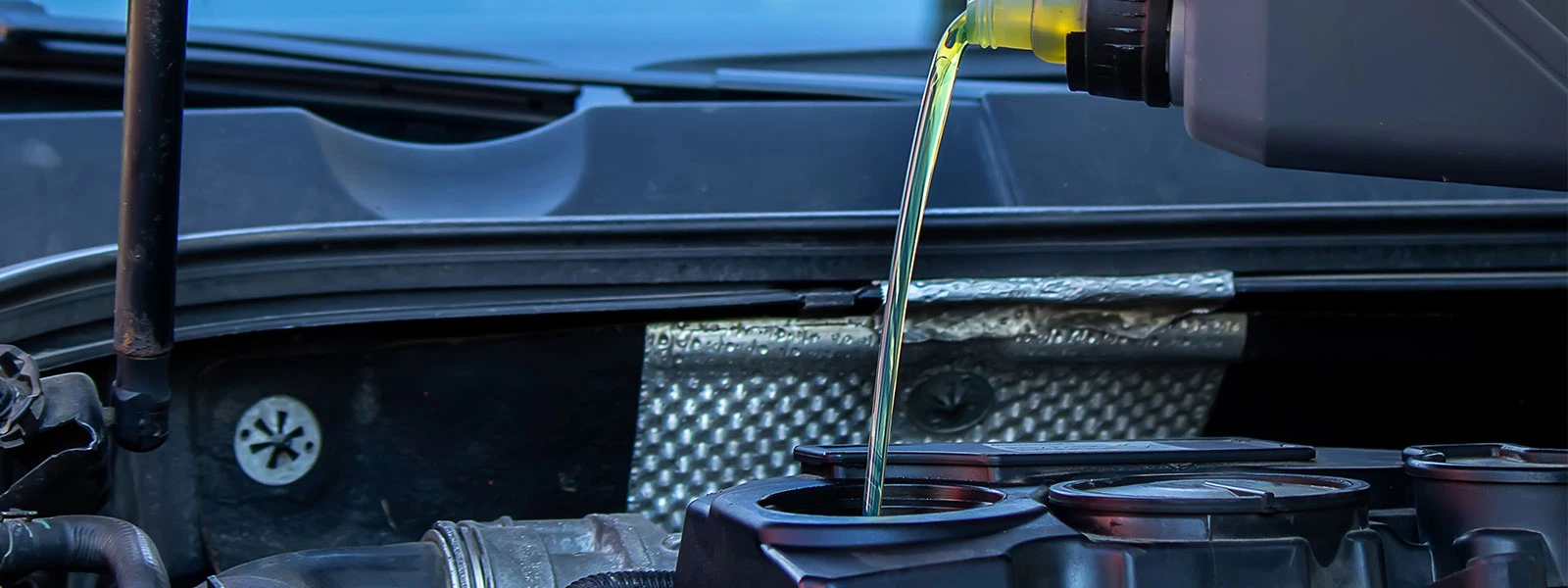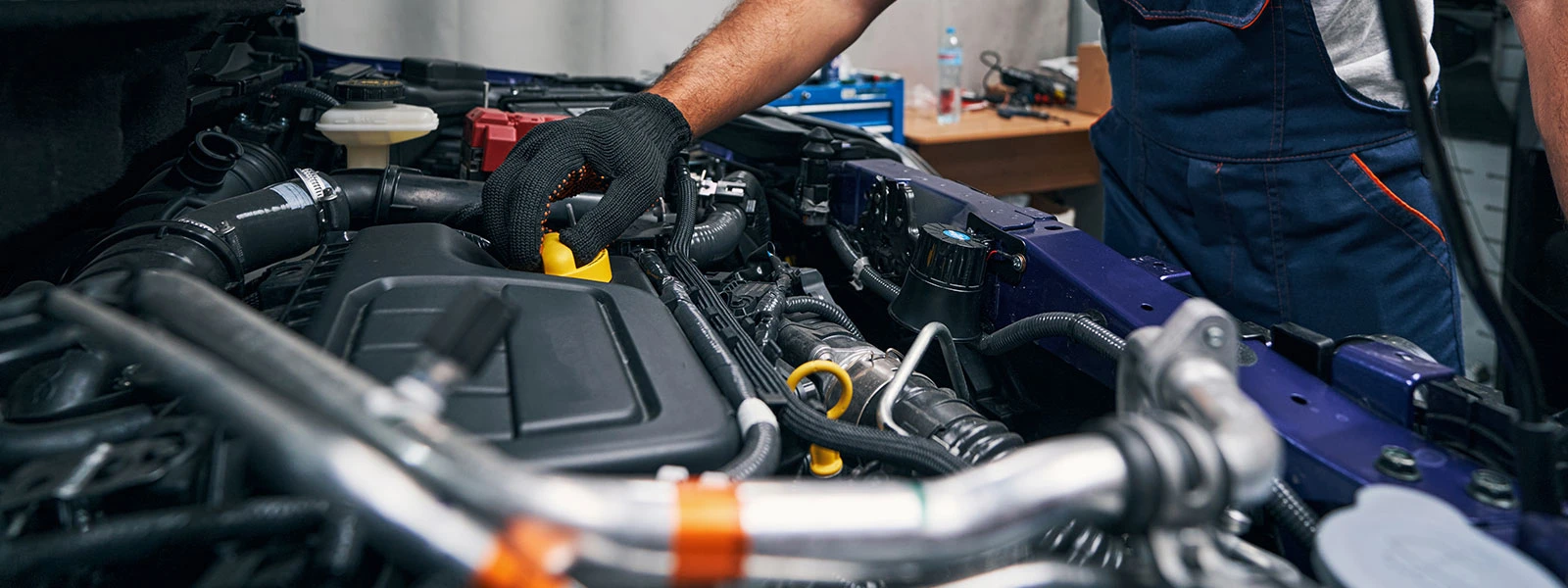Home/
Blogs/
Oil Pan/
What Is an Oil Pan
What Is an Oil Pan?

Nothing mechanical can last without proper greasing, and an automobile engine is the same. An oil pan is nothing but a deep, shaped vessel that holds the engine oil and circulates it around the engine.
Nothing mechanical can last without proper greasing, and an automobile engine is the same. An oil pan is a deep, shaped vessel that holds the engine oil and circulates it around the engine. It is a crucial component of the engine lubricating and cooling system.
US mechanics call this component an oil pan, while in other parts of the world, it is called an oil sump, an oil tank, or an oil reservoir. But how does a simple component manage to keep an engine lubricated? Interestingly, the oil pan comprises several other parts. A thorough insight into the oil pan and its different functions is provided in this article.
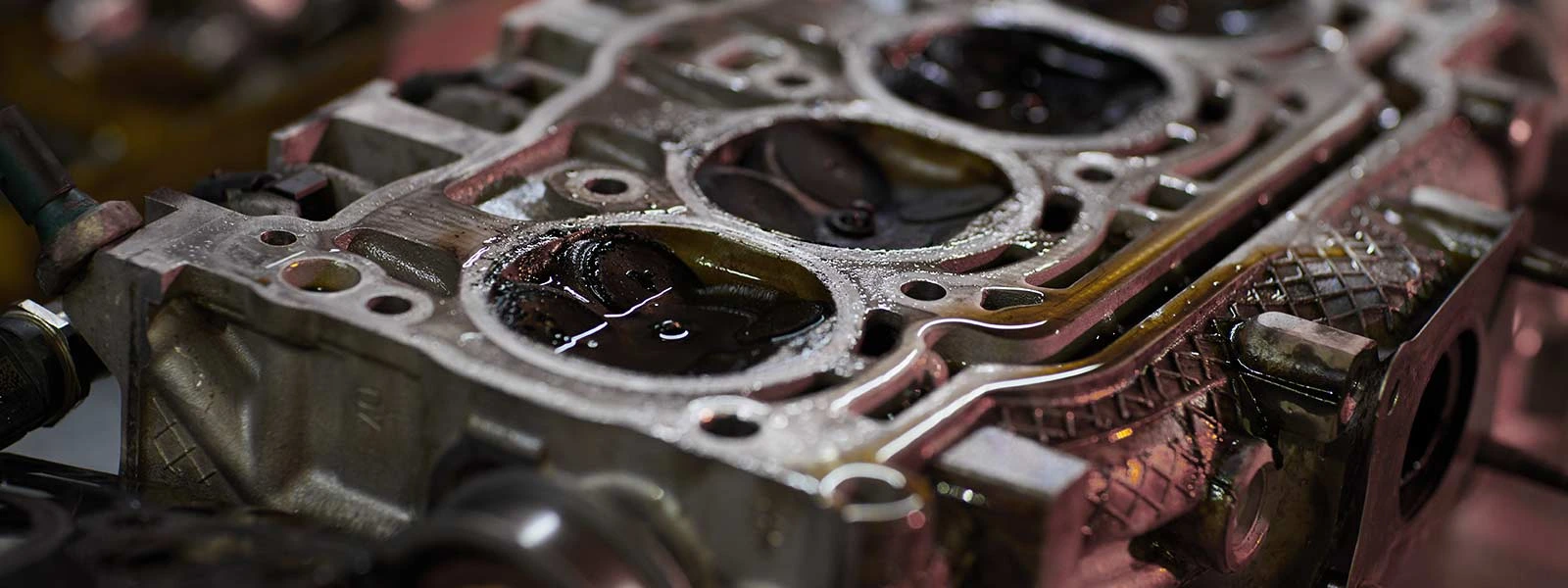
Explaining The Oil Pan and Its Working
An oil pan is a dark-colored part that seals the bottom part of the crankcase and contains the engine oil before and after it has circulated through the engine. An oil pan is essentially responsible for lubricating various parts of the engine.
Lubricating the engine parts reduces friction and increases their efficiency and longevity. The oil pan also prevents the engine oil from leaking (to other parts), keeping it within the lubricating system. A gasket covers the oil pan to keep the oil contained.
When the engine is functional, the oil pump sucks oil from the pan and circulates it through various parts of the engine. Once all components are lubricated, the used oil returns to the pan. The size of the oil pan determines the amount of oil an engine can hold.
An engine will only hold the amount of oil the pan can store without dipping the crankshaft. A dipped crankshaft will ventilate the oil, making it difficult to circulate into the engine.
Other than storing oil, the oil pan also ensures engine cooling. The bottom of the oil pan is designed to promote airflow to neutralize the heat of the hot oil when the car moves. Some models also use cooling fins on the sump to maximize its surface area. This system with a single oil tank is called a wet sump (wet oil pan) system.
In contrast, another mechanism is the dry sump or oil pan system. Here, the used oil is pumped into another container. The details of both these oil pans are discussed later in the article.
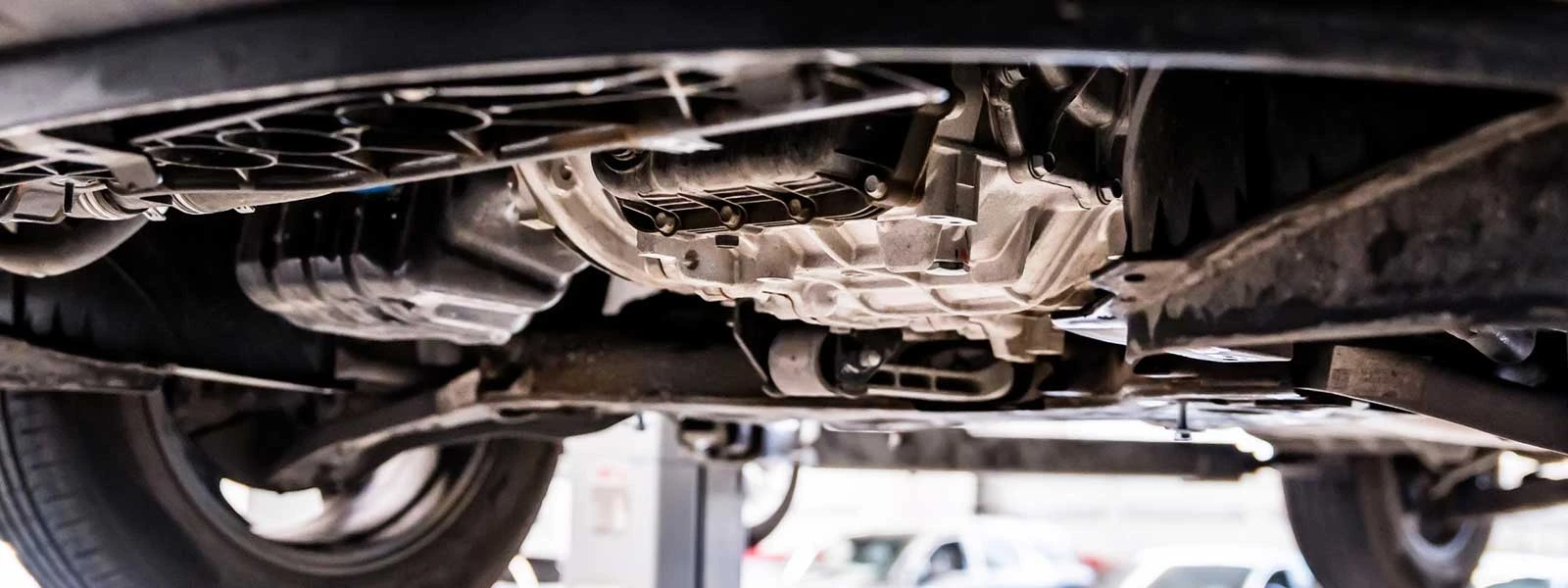
Components Of an Oil Pan
Opening the oil pan reveals several components; each of them performs are critical task. Following is a quick summary of these components.
Baffles
The jerky movements of the car cause the oil to slosh and move away from the pickup pipe (the pipe which sucks the oil from the oil pan). In such conditions, the pickup pipe will suck an insufficient amount of the oil, ultimately hindering proper lubrication.
Improper lubrication will damage the engine; therefore, baffles are installed in the oil pan to prevent the oil from sloshing. Baffles have different shapes in different models. Regardless of the form, they are featured to avoid the majority of the oil from splashing and make it easy for the pickup pipe to suck the liquid.
Drain Plug
The drain plug is located at the bottommost part of the oil pan. You will see a threaded bolt when you peek under your car. These thick threaded bolts are unscrewed to drain the dirty oil from the sump.
Drain plugs use a washer which one removes to drain the used oil. However, ensure that you place it back after draining the oil. Standardly, oil drains are done when the engine is hot as warm oil removes easily.
Windage Tray
An oiled crankshaft meddles with the proper functioning of the engine. Here, windage trays come into play. These are nothing but metal pieces that prevent the oil from soaking the crankshaft.
Some windage trays also have crankshaft scrapers that remove the oil clinging to the crankshaft's counterweights.
Dipstick
Dipsticks are present for oil measurements in internal combustion engines. These have high and low markings to help gauge the oil level in the engine. In some models, you can manually pull out the dipstick and verify whether the engine oil needs a refill. However, modern cars have an electric sensor associated with the dipstick, the respective indicator on the dashboard lights up when the oil runs low.
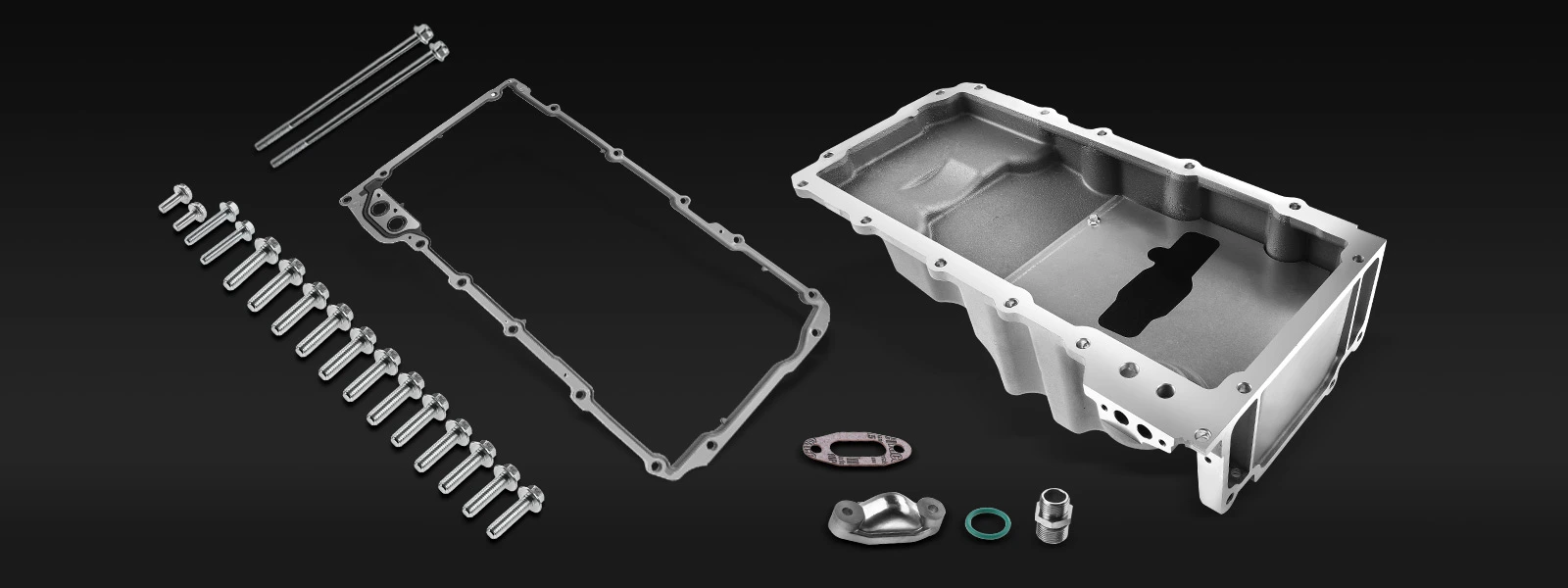
Different Types of Oil Pans
Car engines use two types of oil pans. Let’s quickly see how they differ from one another.
Wet Oil Pan System
A wet sump (wet oil pan) system is more common in everyday vehicles than a dry oil sump system. In contrast, the dry sump systems use two reservoirs (one of which is disjoint from the crankcase). Wet sumps form the lower part of the crankcase and keep the oil in the pan. They employ a relatively more straightforward mechanism but require more space. Most everyday vehicles use wet oil pan systems.
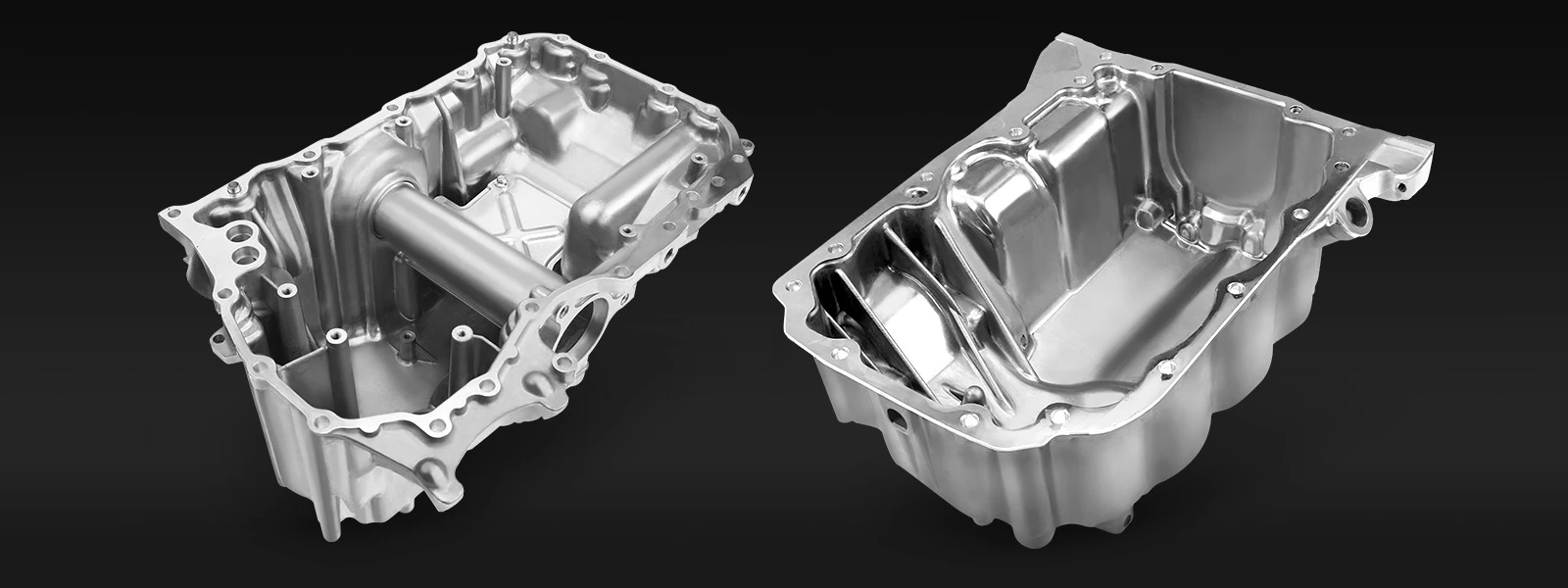
Dry Oil Pan System
Dry sump systems have two oil pans—the main and the secondary. The central oil pan houses the oil for the engine lubricating system. At the same time, the secondary oil sump houses the used engine oil.
Dry sump systems are more complicated to install and maintain as they have more piping. The dry oil pan system gets its name from its working phenomenon as it stores the oil in a separate reservoir keeping the central oil pan "dry." Some renowned cars like Corvette Z06 and Ferrari 488 use the dry oil pan system.
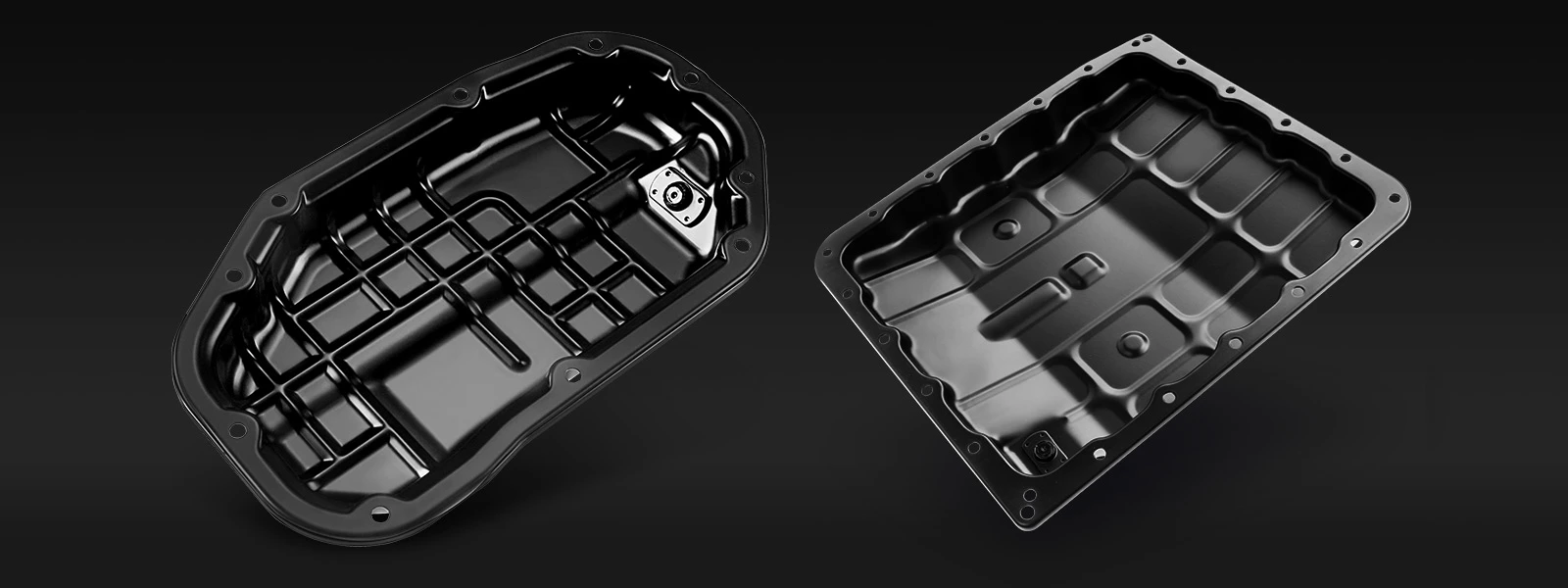
Dry Oil Pan System Vs. Wet Oil Pan System – Which Is Better?
Why did manufacturers come up with the idea of different oil pans? The following comparison will help understand.
Let’s begin with the pros of wet oil pans. Firstly, they are a part of a crankcase and require no extra reservoirs. The design is simple, without unnecessary hoses and pipes. Hence, less danger of leaking. In contrast, dry sumps require piping to connect the primary and secondary tanks. Hence, they have a complex structure.
The main advantage of the dry oil pans is that they have a compact design which allows mounting the engine at a lower point to improve the center of gravity. That is why racing cars use dry oil pans.
Can An Oil Pan Leak, And If So, What Are Its Symptoms?
The oil pan covers the bottom part of the engine. However, a gasket is used to seal the oil pan completely. So, it may not necessarily be the oil pan that is leaking, but it’s the faulty gasket causing the leaks. Substantial impacts usually cause such issues. Therefore, some symptoms are listed below.
Oil Pools
Oil pooling under the vehicle is not normal. If you observe a black spot in your garage or a parking lot under your car, likely, the gasket needs an inspection.
Smoking Engine
The exhaust manifold is present under the oil pan system. Oil leaks due to faulty gasket and smokes on the exhaust, which is why you'll see smoke rising from the engine.
This smoke damages other components as well. For instance, the oxygen sensors develop a layer of oil and start to malfunction.
Frequent Low Oil Levels
Engine oils last for quite some time. However, in case of a leak, the oil will drop below the required level more often. Sometimes these leaks are indetectable. Therefore, some modern vehicles feature an indicator on the dashboard that lights up when the oil level drops below a certain level.
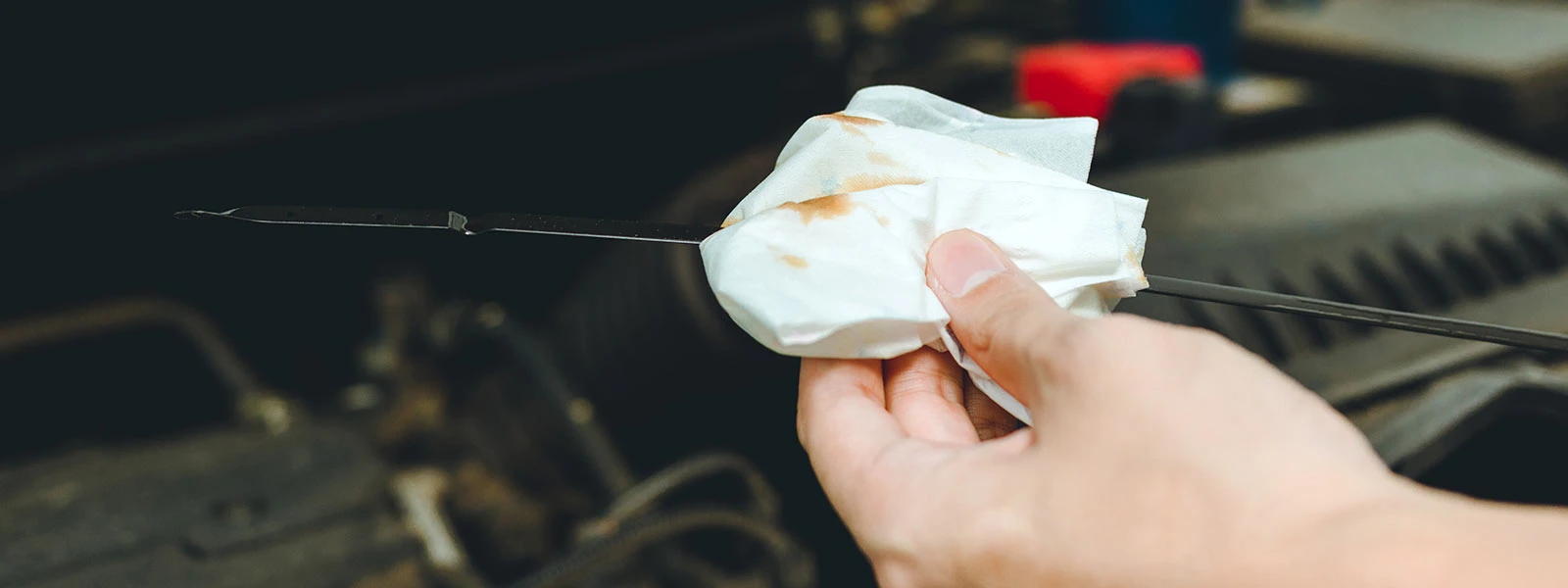
Overheating
As explained earlier in this post, the oil pan lubricates the engine components and keeps them cool. However, oil leaks decrease the oil level, and the components are not lubricated sufficiently—the metal-to-metal contact results in friction that heats the engine. An overheated engine, if not attended to, blows off, leading to the replacement of a new engine.
How To Fix a Leaking Oil Pan?
Sometimes, you come home after your regular maintenance checkup and notice the oil dripping underneath your car. Now you can drive back to the lube shop or fix the leak at home.
- Set an empty pot under your car and unscrew the drain plug. The oil from the pan will drain into the pot.
- Place a new seal (regular or oversized) and screw the drain plug into the drain hole over the rubber O-ring. If the drain plug is loose, install a new one but don’t overtighten it.
- Check the manual to see the required oil level and add new oil accordingly.
- In case there is still a leak, try redoing the drain plug. If the problem remains, you must take the car to a workshop.
What Things Can Damage an Oil Pan?
Breaking a headlight is understandable, but what breaks or damages an engine’s oil pan? The driving styles, weather conditions, oil conditions, and quality determine the longevity of the oil pan and gasket. However, significant damages to oil pans are caused by solid impacts (accidents).
Conclusion
Oil pans are an essential component of a vehicle’s lubricating system. An oil pan structures the lower part of the crankcase. Although it may seem like a metallic chunk, it performs the vital task of lubricating the engine components to ensure smooth running.
Several components in the oil pan keep the oil from sloshing when the car moves. Oil pan systems fall into two classes: the wet oil pan and the dry oil pan. However, like all functioning parts, oil pans may also leak. You can fix it yourself, as explained in the post, or get professional help. A leaking oil pan is extremely dangerous; an unattended one will blow off the engine.
